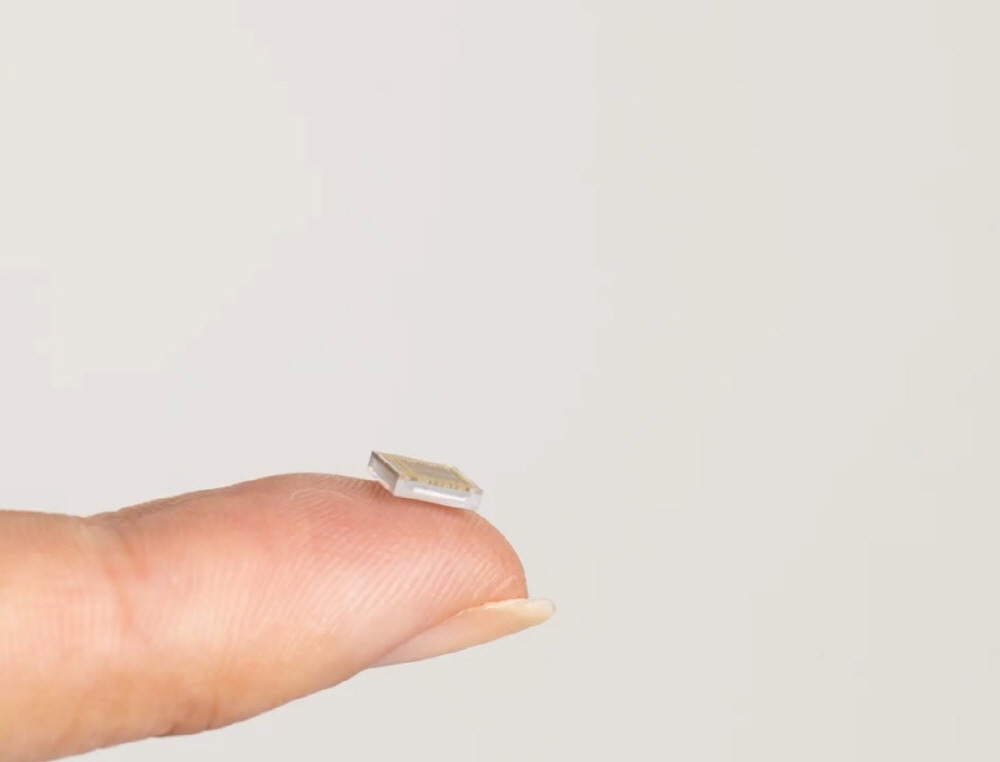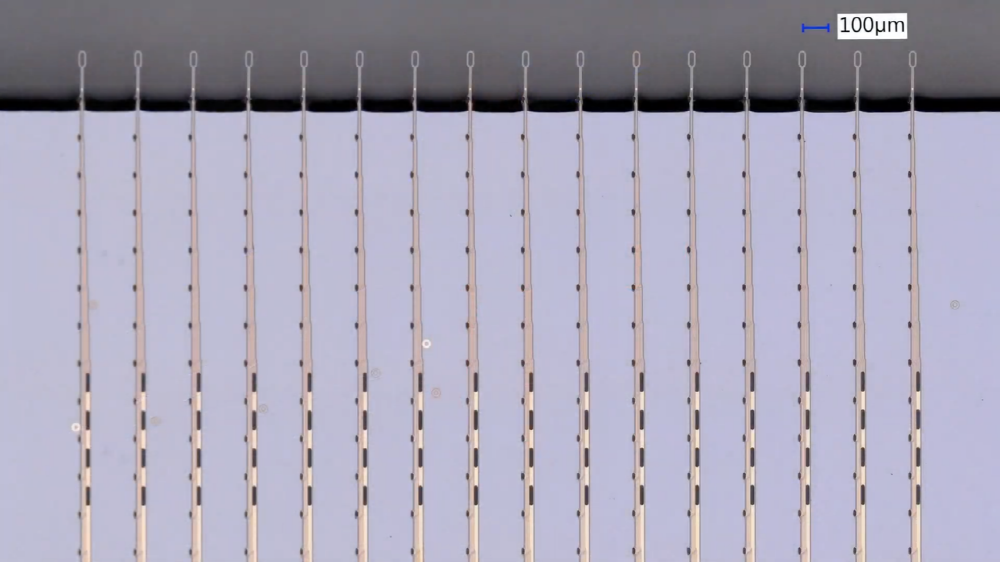
Neuralink, a startup founded in 2017 by Elon Musk, with the fusion of AI and humans as one of the themes, gave a presentation on a technology that allows humans to control computers directly from the brain. The chip will be operated by a smartphone app, and clinical trials are expected to begin by the end of 2020.
Neurallink was founded in 2017 by Elon Musk to develop technology that connects AI to the human brain. Elon Musk was concerned about the possibility that AI, which is rapidly evolving from usual, poses a threat to humans, and as a countermeasure, including AI in the human brain, he proposed a way to strengthen the brain and fight computers.
At the time of 2017, of course, there was no explanation of what specific technology to develop. But now, two years later, Neurallink has revealed some of the technologies it is developing. Neurallink’s ultimate goal, according to Elon Musk, is to allow people with paralysis to have a built-in device to use a phone or computer. To make this technology a success, Neurallink is creating more flexible threads that don’t damage the brain than the devices in use as of 2019.
Thinner than human hair and only 4-6 micrometers in diameter, it can transmit vast amounts of data. In 96 rooms, 3,072 electrodes are arranged per array. In addition to developing threads, Neurallink has the task of developing a machine that automatically inserts them.

Elon Musk explains that the purpose of this presentation is to recruit. Scientists, including Neurallink’s CEO Max Hodak, said they completed initial experiments with a Stanford University researcher using laser beams rather than drilling holes in the skull. Elon Musk explained that he had already succeeded in manipulating computers directly in the monkey brain, and said he would start clinical trials by the end of next year.
CEO Hordak said in a presentation that Neurallink is on the shoulders of a giant, but on the other hand, none of the existing technologies fit Neurallink’s goal of approaching the nerves in a non-invasive way, if possible. As the existing technology, there is research to manipulate brain implants such as BrainGate with a tablet, but because Braingate uses a hard needle called Utah Array, it is easy to damage and the amount of data that can be obtained from the brain is small. There is this.
On the other hand, Neural Link uses a much more flexible material than Utah Array. However, this problem makes it difficult to transplant. For this reason, it is necessary to develop a surgical robot that will embed 6 threads with 192 electrodes per minute into humans.
It is also said that Neurallink has also developed a chip that reads and amplifies signals from the brain. Although this chip can only exchange data through a physical and USB connection, it is expected that it will eventually be able to connect wirelessly. Wireless communication will be realized through what Neurallink calls the N1 sensor. The four N1 sensors that go into the brain connect to a device mounted behind the ear, which can be controlled by an iPhone app. Related information can be found here .


